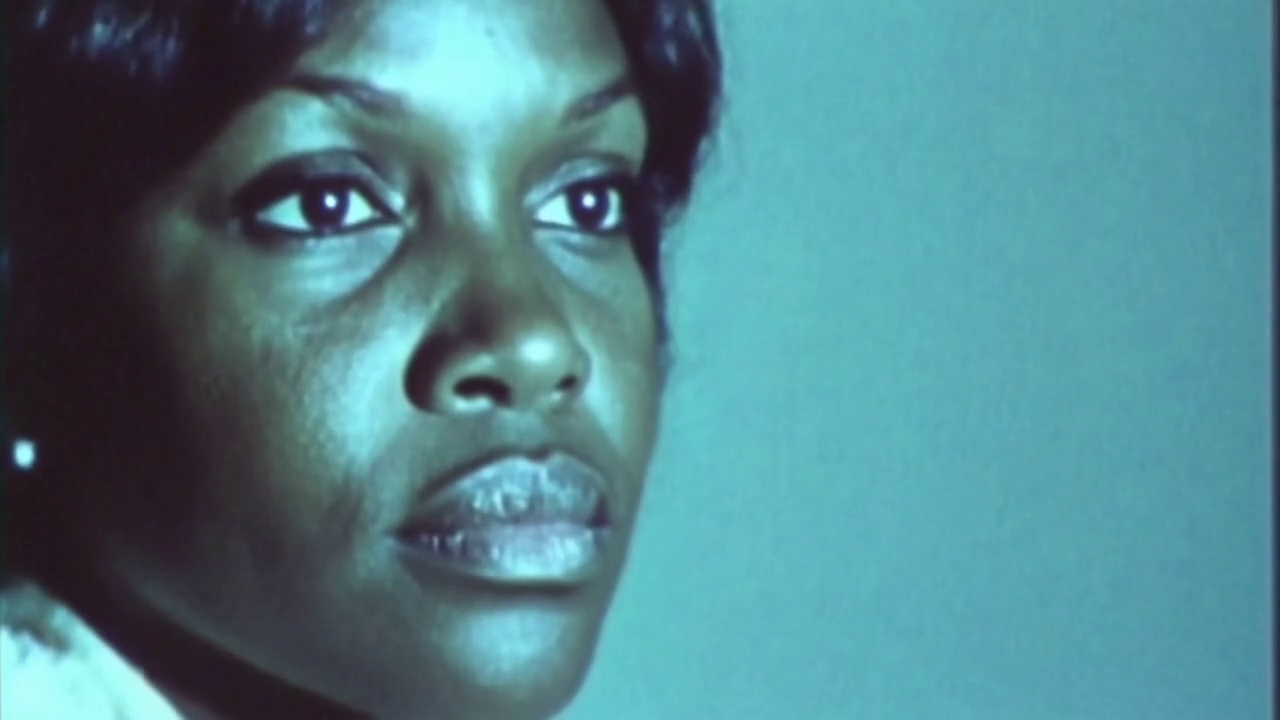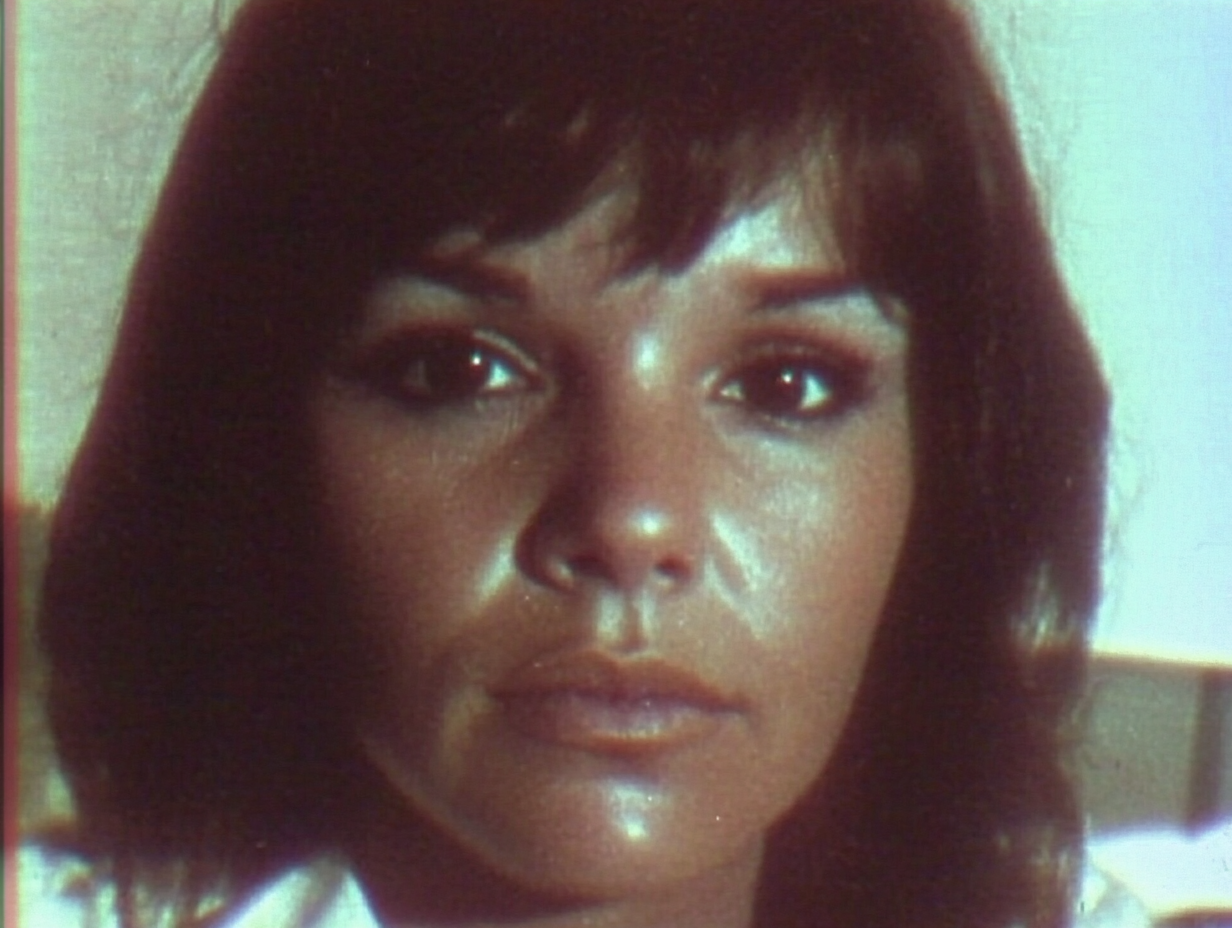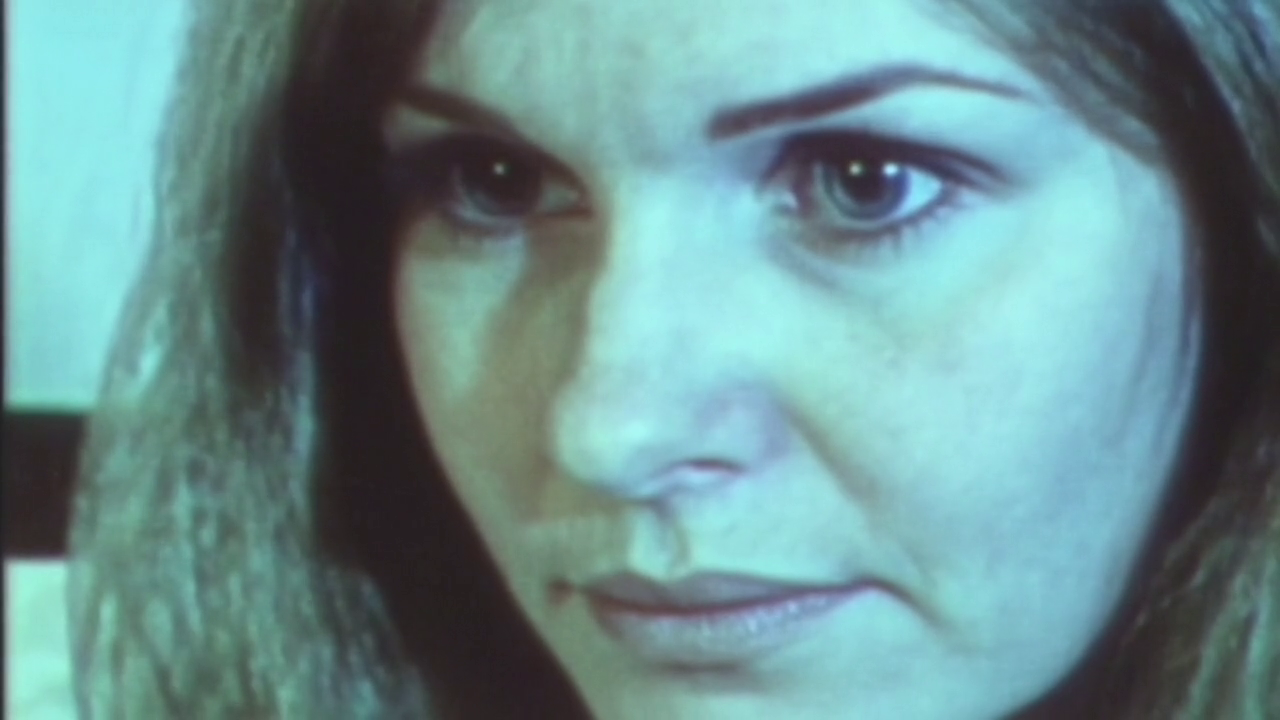While you are looking at AI, it is looking right back [at you]
Meet Marine Bléhaut, whose work is a combination of archival cinema and artificial intelligence (AI). Deeply fascinated by the concept of collective memory and the manipulation of that (nationally and intentionally), Bléhaut harnesses AI to interrogate thoughts, remembrance, identity, and empathy through very intimate works. Her art represents (false) history through the human mind and through our consciousness – transforming, reinterpreting, and reclaiming it.
a collection overview, AI women portraits
Made by layering real and artificial memories, Bléhaut’s latest project, LAYLAT (‘Looking at You Looking at Them’), draws upon a phrase by Trevor Paglen (from an article in Society of Psyops), reflecting on how contemporary imagery does not simply exist passively but actively engages in observation and reaction. For Bléhaut, this concept underscores her entire body of work: emphasizing presence, perception, and the (quiet) strength found in being observed.
Trevor Paglen is an American artist and writer known for critically exploring surveillance, visibility, and the politics embedded within contemporary visual culture. Bléhaut draws inspiration from Paglen’s exploration of imagery's active agency, aligning with her interest in reversing traditional power dynamics of observation, through working from the ‘the female gaze’ perspective.
Marine Bléhaut
Marine Bléhaut operates where archival imagery, cinema, and digital art converge, forging textured inquiries into the mutable nature of memory. Drawing from influences such as Lee Shulman (artist), Bill Morrison (filmmaker) and Maria Mavropoulou (visual artist), she combines experimental film language with AI’s recombinant logic to shape works that drift between the authentic and the artificial.
Her collage films, fragmented videos, and photographic series intervene in the flow of collective remembrance, creating alternative lineages and speculative identities. Bléhaut’s visual strategies are at once subtle and disquieting, disrupting fixed narratives around life, death, war, and the shifting constructs of womanhood – most prominently: the concept of ‘the female gaze’. By reanimating and distorting archival imagery, she wants to invite her audience to reconsider what is remembered (as a whole, in collective memory), and how images come to mediate history and intimacy alike.
Marine Bléhaut
LAYLAT: Looking at You Looking at Them
For LAYLAT, Bléhaut constructed a series of AI-generated video portraits depicting women over 40. These women silently maintain direct eye contact with the viewer, rendered in the grainy textures of aged film stock reminiscent of Super-8 home movies, amateur documentaries, and vintage television broadcasts. These visuals feel as though they might have been discovered in forgotten attics or unclaimed archival boxes, like quiet remnants of lives never fully witnessed or acknowledged.
Bléhaut’s intentional choice of older female subjects is a deliberate critique of cultural biases that excessively prioritize youthful femininity. This considerate recalibration of focus acts as both an assertion and reclamation of visibility, emphasizing the depth, complexity, and interiority of older women – figures often marginalized or erased in today’s mainstream visual culture.
LLT0042
The female gaze
LAYLAT resonates deeply with the concept of ‘the female gaze’, building on a historical trajectory defined by artists like Mary Cassatt, Frida Kahlo, Cindy Sherman, and Nan Goldin (just to name a few). Each of these artists disrupted traditional representations of women in their own way, transforming passive objects into active subjects who assert autonomy, complexity, and interiority.
Cassatt's gentle, impressionistic portrayals presented women through empathy and relational intimacy, starkly opposing the conventional, objectifying and more ‘outside’ gaze prevalent in her era. Frida Kahlo’s intense self-portraits confronted viewers with raw, unfiltered subjectivity, refusing any reduction to mere spectacle. Cindy Sherman explored identity and representation, using performative masquerade to deny the male gaze its usual privilege, while Nan Goldin documented women’s lives with unguarded intimacy, exposing genuine vulnerability and complexity.
Similarly, Bléhaut’s women in LAYLAT reclaim their agency through their gaze, positioning viewers not as distant observers but as direct recipients of their silent inquiries and interior contemplations. By doing so, Bléhaut continues and evolves an artistic lineage, extending the historical conversation around female representation, visibility, and power.
Archival memory // AI // Illusion (?) // What’s real? // Are your thoughts yours?
Bléhaut’s use of AI-generated imagery for LAYLAT, shows us the complicated relationship that we have with memory and authenticity. Employing models such as Luma, Midjourney, Hailuo, and Wan, her portraits evoke the aesthetic of aged film – complete with scratches, discolorations, and the fragile beauty of decay.
The realism and intimacy of these artificially generated images invoke nostalgia and blur distinctions between authentic and artificial recollections. Therefore, these AI-generated fragments illustrate the fragility of memory, highlighting how memories are continually constructed and reconstructed, shaped by forces of politics, power, and desire. Are you always aware of that?, she asks us. In LAYLAT, Bléhaut creates memories of women who never existed but who seem vividly real, thus questioning the reliability of archival memory itself.
“The women in the videos aren’t objects to look at, but subjects who are looking back, and basically also ‘think back’. Their gaze may ask something of you, even if it’s just to pause and acknowledge them. Even though the portraits aren’t of real people, and they are not self-aware, there’s something in the stillness and the expression that feels like a thought, a moment of inner life, somebody's past.”
– Marine Bléhaut
Silence and interpretation
A critical element of LAYLAT is silence. Bléhaut deliberately omits sound, allowing viewers to confront the women’s gaze without distraction. “Silence creates room for interpretative openness – inviting contemplation, introspection, and a deeply personal engagement,” the artist says. This thoughtful absence accentuates each subject’s gaze, elevating a sense of vulnerability and authenticity seldom permitted in conventional visual narratives.
This strategic silence also evokes a sense of uncertainty, inviting viewers to grapple with their interpretations actively. The result is a meditation on empathy, presence, and the subtle politics of being seen, and maybe being heard whilst looking. Who is watching you? Are you looking back? And are you listening, real close? Or are they waiting for you to make a sound?
LLT0041
Archives as living bodies, (re)shaping our thoughts
Bléhaut’s archival practice is dynamic and transformative. Her work is not simply an exploration of past aesthetics but a reinvention and reclamation of overlooked histories and identities. Archives, in Bléhaut’s perspective, are not static repositories of memory but living entities – organic and constantly evolving. Through AI, she resurrects ‘forgotten’ narratives, creating their history herself, and thus amplifying silenced voices, bringing unseen perspectives into contemporary consciousness.
LAYLAT therefore becomes an act of historical correction (quite rebellious almost), reintroducing women in a pure sense, since she feels that group in society has been erased from visibility too much – back into a narrative landscape. Once you’ve looked at them, they are now as much a part of you as you are of them. Your memory is filled with new thoughts, ideas, images, and they suddenly came alive through you.
By digitally crafting these new memories, Bléhaut emphasizes the active role artists – and viewers just as much – play in shaping collective memory, continuously rewriting the narratives. LAYLAT shows an interesting investigation into the politics of visibility, memory, and identity. Bléhaut’s careful intersection of technology, archival aesthetics, and feminist critique presents viewers with nuanced, empathetic representations of female subjectivity. By holding our gaze, the women of LAYLAT ask us to reconsider the stories we accept and the histories we perpetuate.
In its quiet, compelling way, Bléhaut reshapes our relationship with both the past and the present with LAYLAT, affirming the necessity – and urgency – of looking deeply and differently, at everything and everyone around us.
LLT0039












